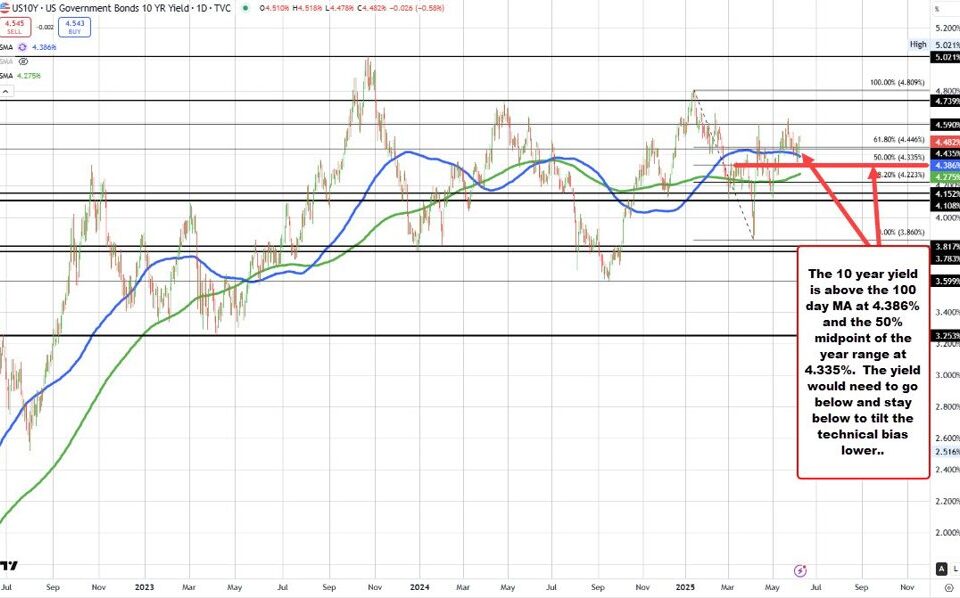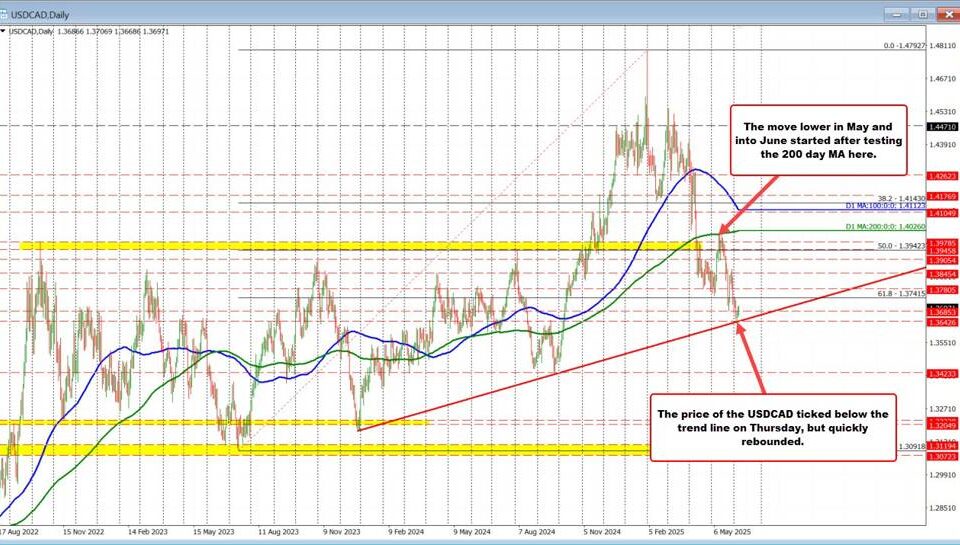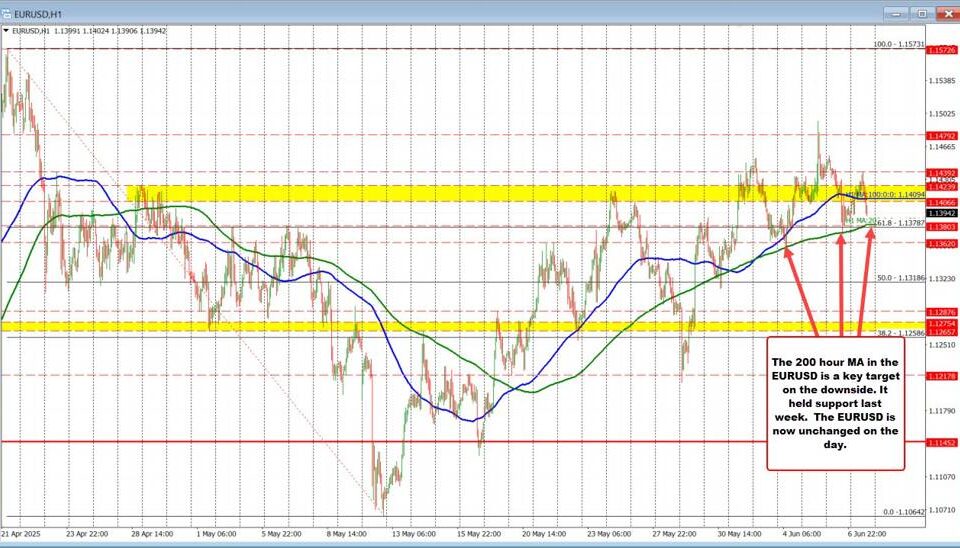The South African Rand’s Plunge: Understanding the Decline and Its Economic Impact
Tháng 4 9, 2025European Stock Markets React to Trump-Era Tariffs: The Ripple Effect on Global Trade
Tháng 4 9, 2025Analyzing the Recent Volatility of the NZD/USD Currency Pair: Insights into Economic Influences
The foreign exchange market has recently witnessed considerable volatility marked by the NZD/USD currency pair, primarily driven by critical economic events and geopolitical tensions. Understanding these fluctuations is essential for traders and investors alike, particularly focusing on the Reserve Bank of New Zealand’s (RBNZ) monetary policy and the US-China trade war.
Interest Rate Decision by the RBNZ
The Reserve Bank of New Zealand has made headlines recently, decreasing interest rates by 25 basis points to 3.50%. This action represents the fifth consecutive cut by the RBNZ, aligning with market expectations. Initially, this decision led to a brief rebound of the New Zealand dollar as market participants gauged the implications of a lower interest rate on the economy. Generally, lower interest rates can stimulate borrowing and spending, but they can also raise concerns about inflation in the long term.
The continuous decrease in rates indicates the RBNZ’s ongoing commitment to bolstering economic growth amid various domestic and international challenges. However, this rate cut also reflects the central bank’s response to global economic pressures, including the fallout from the US-China trade conflict. For further insights into the broader impact of economic indicators on investment decisions, it’s essential to consider the top investment mistakes to avoid in 2023, which provide valuable guidance during such volatile times. Learn more here.
The Impact of the US-China Trade War
The trade war between the United States and China remains a pivotal factor impacting the NZD/USD pair. Escalating tariffs and tariff-related tensions between the world’s two largest economies have injected uncertainty into global markets. For New Zealand, a nation heavily reliant on exports, the implications are profound. The ongoing trade war poses risks to its economic health, leading to a depreciation of the New Zealand dollar against the US dollar, pushing the pair to lows that hadn’t been witnessed since 2020.
As the US implements new tariffs, this creates a ripple effect through global supply chains and diminishing demand for New Zealand’s export market. Notably, China’s President Xi Jinping convened global CEOs to address US-China trade tensions, emphasizing international stability and collaboration, which further illustrates China’s significant role in global trade and how these dynamics affect the NZD/USD pair. Read more.
Technical Analysis: Resistance and Support Levels
From a technical perspective, the NZD/USD pair recently experienced a rebound but faced resistance at significant levels. The immediate resistance is located at 0.5630, identified as the 61.8% Fibonacci retracement level, with further resistance at 0.5680. Conversely, support is observed between 0.5535 and 0.5570. If bearish trends maintain their momentum, further downside targets could reach the 161.8% Fibonacci level near 0.5420.
Indicators such as the Relative Strength Index (RSI) and the Stochastic Oscillator demonstrate lingering bearish momentum. However, there are indications of a potential reduction in bearish pressure in the short term, suggesting that market sentiment could shift under favorable economic conditions.
Future Outlook for the NZD/USD Currency Pair
Looking ahead, the NZD/USD forecast appears to indicate a continuation of the downtrend, with some analysts predicting a possibility of the pair falling below the critical 0.50 mark if bearish sentiment persists. The trajectory of this currency pair will largely depend on forthcoming economic data releases from both New Zealand and the United States. Investors should remain alert to any shifts in economic indicators, geopolitical developments, and central bank communications, as these factors will undoubtedly shape future trends in the NZD/USD landscape.
In summary, the interplay between RBNZ’s interest rate decisions and global trade dynamics complicates the outlook for the NZD/USD. By staying informed and agile, investors can navigate this ongoing volatility effectively, leveraging insights to make educated trading decisions.



